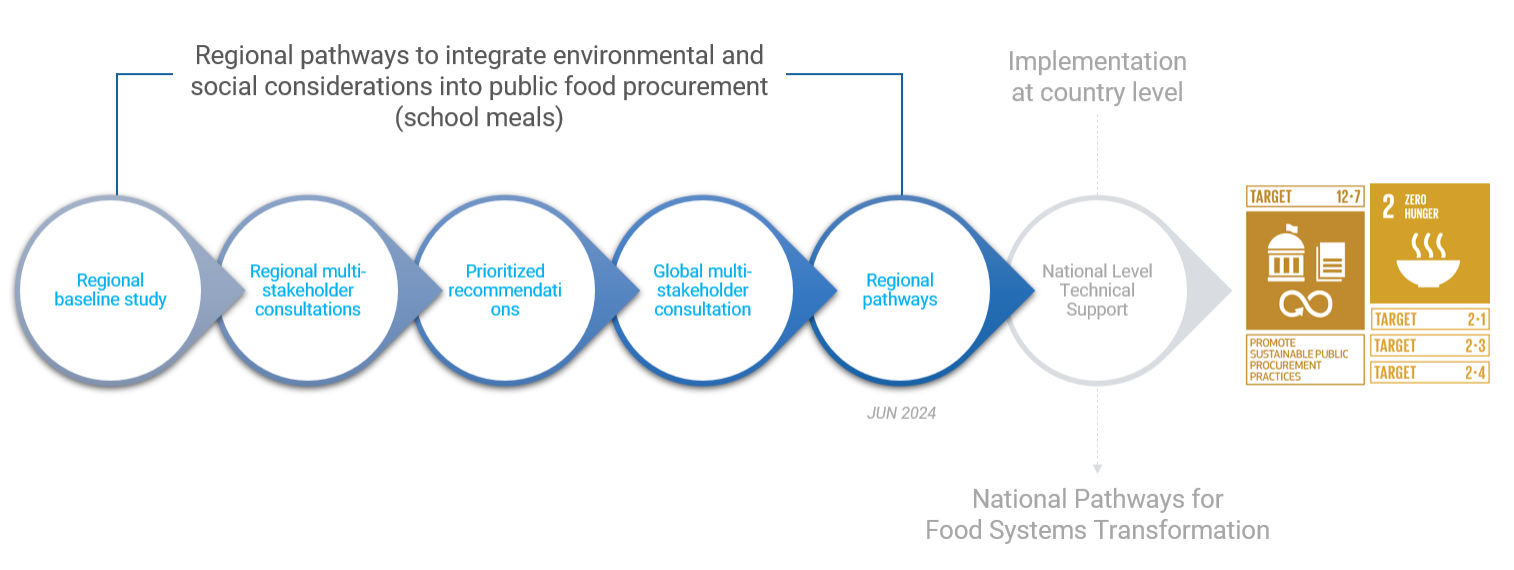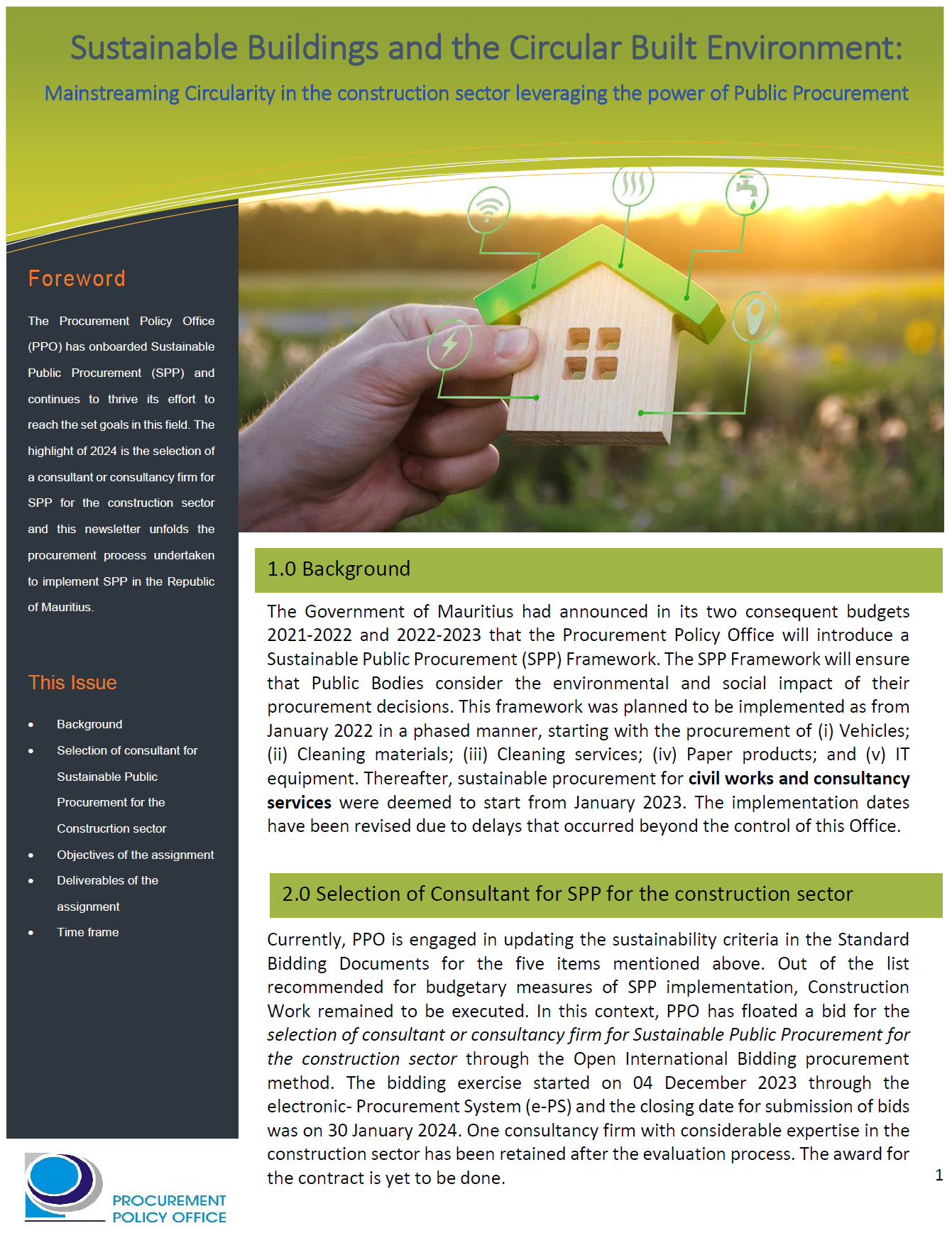Osmos
In 2016, the City of Gothenburg organised a competition for building tall wooden residential multi-storey houses. HSB Göteborg and CaseStudio jointly won the right to develop Osmos, a property at Gibraltarvallen, Johanneberg. In Osmos, the superstructure, facade and other significant parts are wooden. Osmos creates variation and common spaces between outdoors, indoors and the surrounding area. The project represents the versatility and flexibility of using wood in building and in aesthetics.
The City of Gothenburg’s aim for the competition was to inspire and stimulate the construction of good homes in energy effective houses. The city looked for new solutions in architecture, technology and sustainability that build on the known advantages of wooden houses, yet challenge current limitations and inspire others. Another aim was to take a step towards large-scale wooden buildings becoming a norm rather than an exception.
“Osmos” is a block of flats that strive to be a living organism, bustling with life and activities. Variety is seen to yield richness, and the buildings, the common spaces indoors as well as outdoors, provide opportunities to create varietal richness, and for it to flourish. Osmos forms a living, sustainable city block, which is in active exchange with its surrounding, and yet at the same time creates its own haven in the middle of Gothenburg city.
In demonstrating the viability and sustainability of designing and building a taller wooden multi-storey residential dwelling, the project draws on two intertwined traditional contexts:
1) the national context, as building in wood has been a dominant practice throughout Sweden for much of its history, and
2) the local historical context – Gothenburg was a main cradle for a specific type of wooden building, the “landshövdingehus”.
Building in wood is part of a millennia long, continuous tradition in Sweden, and quality wood is a readily available raw material. Today, a large share of smaller residential building is still done in wood, but larger scale wood-based projects are very recent additions to the overall housing mix.
Some 100 years ago, a building type gained ground in Sweden, in particular in Gothenburg. This was the “landshövdingehus”, or “governor house”. It was a 3-storey house with a ground floor in stone or brick, and two wooden storeys. The first was built in 1875, the last in 1947. The practice stems from fire regulations: At that time, wooden houses could only be two storeys tall. Building the ground floor in stone circumvented this, making it easier to build the housing needed for the then growing working class.
Today, fire regulations no longer prevent building taller wooden houses. Whilst the Osmos project is deeply rooted historical contexts and traditions, Osmos in itself may be the first of its kind and start a new tradition. The land use competition that was initiated in 2016 was finalised in April 2017. The jury reviewed 15 proposals, and awarded Osmos a winning place. The motivation included:
”A tight building where the possibilities of wood as building material is made use of in clear ways. The emotion is leveraged by the fact that not only is the facade in wood but also the interior of the entrances and floor level common entrance areas. The yard, in combination with the common roof terrace, and a social hub at floor level, enables social activity and for people to simply meet. The common spaces are designed to support a sustainable daily living, for example, through sharing functions, bicycle maintenance space, and gardening.”
In addition to design and practical solutions, the jury highlighted the level of innovation, and steps taken towards upscaling in general of wood building. Osmos addressed one key aspect when building larger houses out of wood: noise. Without adequate technical solutions, a large wooden building can act as a very large resonance box as sound can easily transverse throughout. This particular issue was solved by adding concrete in a hybrid construction together with wood as a way of getting enough heaviness and sturdiness in the construction to resorb vibrations and thereby act as sound traps.
In addition to its commercial partners, HSB Göteborg has also engaged the Chalmers University of Technology, as an academic partner and project innovation bouncing board. Chalmers will review the project from an academic point of view, as well as following up on progress. Through its participation in Johanneberg Science Park, HSB Göteborg is also seeking to advance and support cooperation between academic and different commercial market sectors. Success Factors
Osmos has gained media attention. The number of engaged parties is a sign of credibility and the strength of the movement to build in wood. HSB Göteborg has developed a model for a wood building business strategy that intends to:
1) Leverage on the wood building strategies of Swedish cities Växjö and Skellefteå
2) Support cities in their wood building efforts
3) Participate in developing wood building programs
4) Engage local networks and recognise industry associations to inspire and promote further developments
Novelty
Osmos combines the use of massive wood with a locally prefabricated supporting structure, reducing transport needs. The vertical supporting structure is carried out in bearing walls in CLT wood (cross-laminated timber) and pillars in glulam (glued laminated timber). Stairwells and elevator shafts are built in CLT. The horizontal supporting structures are built in a combination of CLT and 70-80 mm concrete joists, the latter to improve acoustics and comfort.
Architecturally, the project seeks to challenge the status quo, to build larger and more advanced wooden houses, combining traditional know-how with modern technologies. Work will continue to make wood even more visually present and part of the urban experience. Wood ages and e.g. the facade may add new aesthetic dimensions to both local environment and overall cityscape, creating a natural contact surface between residents, city people and the built environment.
Sustainability Impacts
Technically Osmos highlights the ambition to develop integrated energy systems. The plan is to combine and gain efficiency synergies between geothermal heating and rooftop solar elements. This may increase the output yield of both systems. The energy consumption target (heating, cooling, operational electricity) is 60 kWh/m2/a. The planned solutions could reach an equivalent of 30 kWh/m2/a. The project will also look into finding synergies with nearby buildings and establish a local energy trading system.
Cost-effectiveness
A long-term target is to normalise wood building. The use of wood is expected to bring new value to the design solution, the building and in-use phases. Current industrial processes are optimised to concrete, but with wood for example the time to completion is expected to be cut by about 30%, as less concrete means less drying time. A wooden building has the potential for a long life cycle, with in-built flexibility enabling sustainable, economic modifications. During 2017, the City of Gothenburg is preparing the detailed city plan, and the estimated time for construction to start could be somewhere in 2020. As part of its proposal, HSB Göteborg also prepared a strategic outline for increasing the amount of wood building in Gothenburg, to encompass all the city’s activities and municipal companies. The detailed city planning is expected to be completed by the autumn of 2018, and the detailed planning of Osmos would then be ready by 2019.
Challenges and potential for further development
The potential for further development exists in advancing and showcasing wood building in the future.
Contact person for more information:
Helene Eriksson, Business Development with HSB Göteborg, helene.eriksson@hsb.se
External source(s)
Image

© CaseStudio
Project start date
01/01/2017
Project end date
31/12/2022

